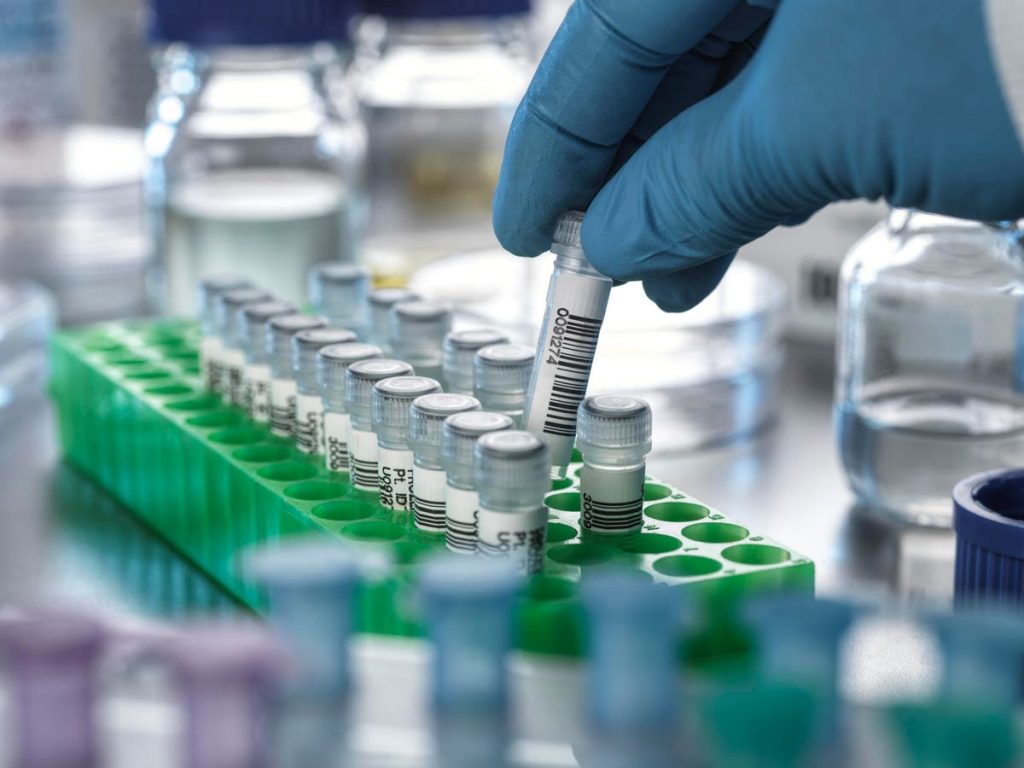The pharmaceutical industry has seen a mixed performance among major players in recent times. Eli Lilly and Novo Nordisk have thrived due to their advancements in the obesity drug market, while Pfizer has faced setbacks, leading to a decline in its ranking among Big Pharma companies. Moderna, on the other hand, has dropped out of the top 20 altogether, signaling a significant shift in the market landscape. The industry’s total market capitalization has seen a slight increase from 2022 to 2023, reflecting the overall growth trend in the sector.
One of the key growth drivers in the pharmaceutical industry has been the success of GLP-1 drugs, particularly from Eli Lilly and Novo Nordisk. These companies have seen significant revenue growth, indicating a shift in market demand towards metabolism-regulating drugs. With sales of Type 2 diabetes and obesity treatments projected to reach $102 billion by 2030, the competition in this segment is expected to intensify, with other players like Amgen, Roche, and AstraZeneca entering the market with new products and acquisitions.
On the flip side, companies like Pfizer and Moderna have faced challenges due to diminishing sales of Covid-19 treatments. Both companies experienced a substantial decrease in market capitalization, leading them to explore new revenue streams through strategic acquisitions and R&D efforts in other therapeutic areas. While the decline in Covid-related sales has affected several pharmaceutical giants, the industry as a whole is pivoting towards diversifying revenue streams to mitigate the impact of falling revenues.
The looming risk of patent expiration for branded drugs between 2023 and 2028 poses a significant challenge for pharmaceutical companies. To counter this threat, companies like AbbVie and Bristol Myers Squibb are proactively engaging in M&A activities to bolster their pipelines and offset potential revenue losses. The industry as a whole is exploring new formulations and expanded usage of existing drugs to delay competition and maintain market share amidst changing market dynamics.
Despite the challenges faced by the pharmaceutical industry, it has shown resilience through strategic measures such as pipeline diversification, increased investment in R&D, and a shift towards innovative therapies. The industry is also closely monitoring the unfolding political landscape in the U.S., which could impact sentiment towards pharmaceutical stocks. With increased deals activity, groundbreaking developments in technology, and pioneering regulatory approvals, the industry is poised for growth in the near term, offering promising investment opportunities for investors seeking higher yields.


